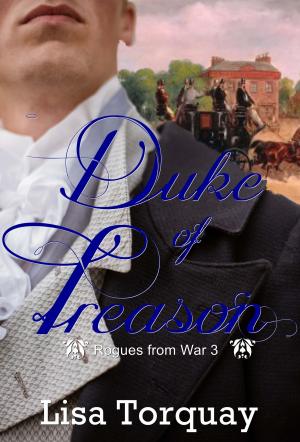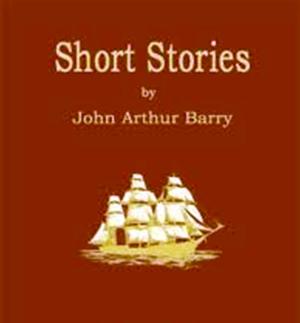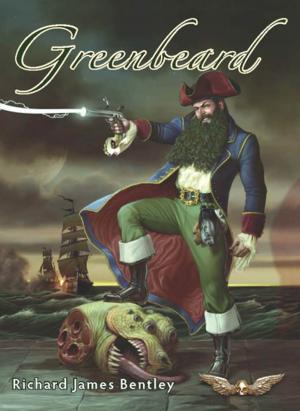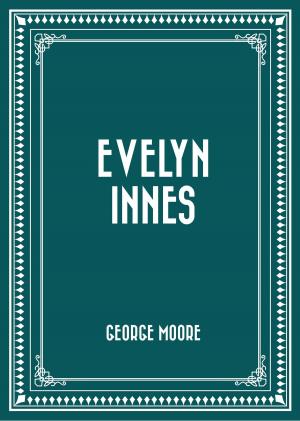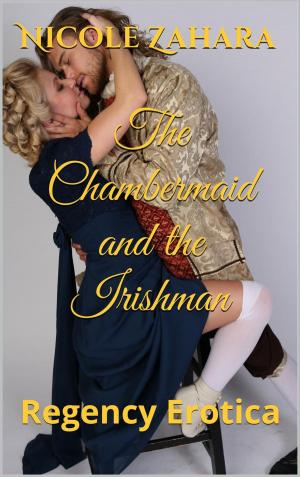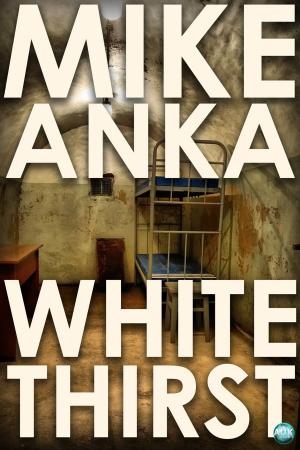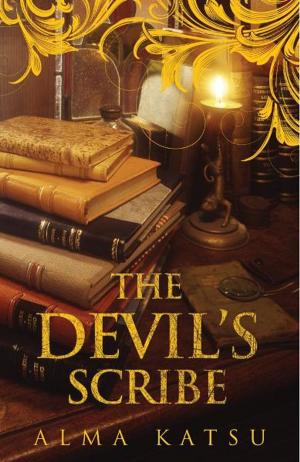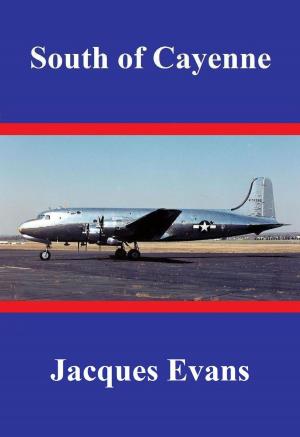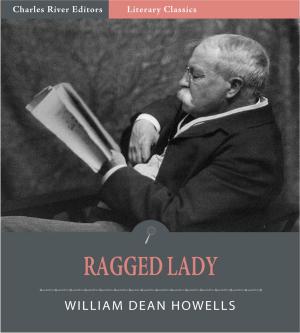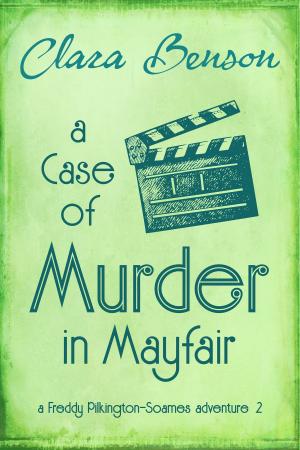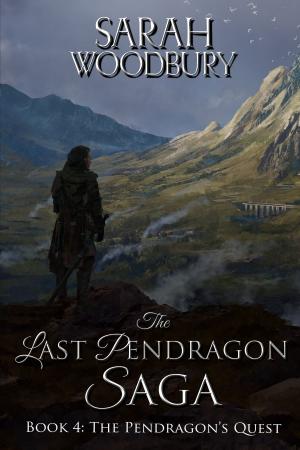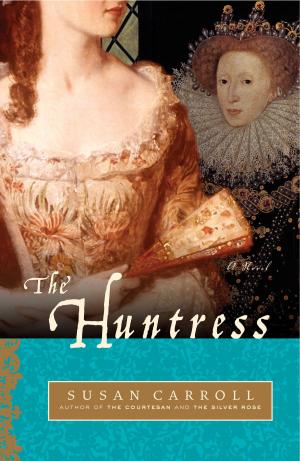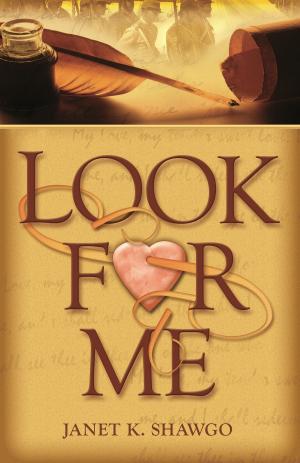Bluestocking in Patagonia
Mary Gilmore's Quest for Love and Utopia at the World's End
Biography & Memoir, Historical| Author: | Anne Whitehead | ISBN: | 9781925283617 |
| Publisher: | King Tide Publishing | Publication: | May 30, 2018 |
| Imprint: | King Tide Publishing | Language: | English |
| Author: | Anne Whitehead |
| ISBN: | 9781925283617 |
| Publisher: | King Tide Publishing |
| Publication: | May 30, 2018 |
| Imprint: | King Tide Publishing |
| Language: | English |
In the 1890s in a bizarre social experiment, a band of over 500 Australians - mostly men and just three single women - sailed to South America to create a communal Utopia, a New Australia, in the jungles of Paraguay. One of them was a red-headed schoolteacher Mary Cameron, a poet and feminist, who left the writer Henry Lawson behind, despairing on the wharf. Politics in the Australian colony were soon tumultuous. Mary, rejected by one man she loved, married another, had a son, and she and her near-illiterate shearer husband Will Gilmore left Paraguay for the vast Patagonian sheep estancias of southern Argentina to earn their passages home.
Anne Whitehead chronicles the full history of the Australian experiment in Paraguay, including an account of the descendants of those who remained, in her award-winning Paradise Mislaid: In Search of the Australian Tribe of Paraguay (1998). In this second work she focuses on Mary's four years at the colony and, in particular, on her two fraught and previously little-known years in Patagonia.
Mary's independent spirit soon offended the strict rules of the estancia ruling class and she was forced to leave her husband for the tough frontier town of Río Gallegos. Speaking little Spanish, she supported her child for almost six months. Dame Mary later became an Australian national icon, campaigned for many causes including Aboriginal rights and she is on the $10 note today.
In a remarkable blend of biography and travel writing, Anne Whitehead follows in Mary's footsteps in South America, searching out places where she lived and traces of her stay, during a period of severe economic depression and political repression in Argentina, just as there was in Mary's experience. She brings to life a testing time in one of the harshest places on earth.
'Patagonia is a rich source of curious incidents and eccentric people, and Whitehead makes the most of these, describing the Welsh towns of Trelew and Puerto Madryn... a robbery pulled off by Butch Cassidy and the Sundance Kid; Charles Darwin's forays from the Beagle; W.H. Hudson's delight in the birds of the region, and the search for the giant sloth carried out by Mr Hesketh Prichard of the Daily Express. She mentions Bruce Chatwin, who turned up unannounced at the great estancia of Killik Aike, where the Gilmores had lived for some months, only to be sent away "with a flea in his ear" by its current owners. Mary Gilmore left Killik Aike abruptly too... [Her] letters reflect a courageous, resourceful and strong-willed woman... "Yea! I have lived" was how she began one poem, and reading Anne Whitehead's spry account of her life, it is hard not to agree.' - Times Literary Supplement
'I quickly fell under the spell of Whitehead's intelligent writing... a biography that compassionately embraces the artistic, emotional and political aspect of Mary Gilmore's life' - Age
'This splendid and fascinating book is brilliantly balanced as part memoir, part well-researched recreation of the young Mary Gilmore as inamorata of Henry Lawson, as radical wife, Paraguayan and Patagonian settler, and as abidingly Australian soul.' - Thomas Keneally
'Bluestocking in Patagonia is a very beautiful book. In the first place, Whitehead writes with considerable flair, and with a fine eye for detail. The text is intelligently crafted, switching between Australia and South America, past and present, self and other... Yet Bluestocking in Patagonia is important for other reasons. This book is as much about Whitehead's effort to retrace Gilmore's steps as about Gilmore herself and is, in this respect, a fine blend of history and travel writing: a combination we also find in Whitehead's earlier book on the Paraguaya
In the 1890s in a bizarre social experiment, a band of over 500 Australians - mostly men and just three single women - sailed to South America to create a communal Utopia, a New Australia, in the jungles of Paraguay. One of them was a red-headed schoolteacher Mary Cameron, a poet and feminist, who left the writer Henry Lawson behind, despairing on the wharf. Politics in the Australian colony were soon tumultuous. Mary, rejected by one man she loved, married another, had a son, and she and her near-illiterate shearer husband Will Gilmore left Paraguay for the vast Patagonian sheep estancias of southern Argentina to earn their passages home.
Anne Whitehead chronicles the full history of the Australian experiment in Paraguay, including an account of the descendants of those who remained, in her award-winning Paradise Mislaid: In Search of the Australian Tribe of Paraguay (1998). In this second work she focuses on Mary's four years at the colony and, in particular, on her two fraught and previously little-known years in Patagonia.
Mary's independent spirit soon offended the strict rules of the estancia ruling class and she was forced to leave her husband for the tough frontier town of Río Gallegos. Speaking little Spanish, she supported her child for almost six months. Dame Mary later became an Australian national icon, campaigned for many causes including Aboriginal rights and she is on the $10 note today.
In a remarkable blend of biography and travel writing, Anne Whitehead follows in Mary's footsteps in South America, searching out places where she lived and traces of her stay, during a period of severe economic depression and political repression in Argentina, just as there was in Mary's experience. She brings to life a testing time in one of the harshest places on earth.
'Patagonia is a rich source of curious incidents and eccentric people, and Whitehead makes the most of these, describing the Welsh towns of Trelew and Puerto Madryn... a robbery pulled off by Butch Cassidy and the Sundance Kid; Charles Darwin's forays from the Beagle; W.H. Hudson's delight in the birds of the region, and the search for the giant sloth carried out by Mr Hesketh Prichard of the Daily Express. She mentions Bruce Chatwin, who turned up unannounced at the great estancia of Killik Aike, where the Gilmores had lived for some months, only to be sent away "with a flea in his ear" by its current owners. Mary Gilmore left Killik Aike abruptly too... [Her] letters reflect a courageous, resourceful and strong-willed woman... "Yea! I have lived" was how she began one poem, and reading Anne Whitehead's spry account of her life, it is hard not to agree.' - Times Literary Supplement
'I quickly fell under the spell of Whitehead's intelligent writing... a biography that compassionately embraces the artistic, emotional and political aspect of Mary Gilmore's life' - Age
'This splendid and fascinating book is brilliantly balanced as part memoir, part well-researched recreation of the young Mary Gilmore as inamorata of Henry Lawson, as radical wife, Paraguayan and Patagonian settler, and as abidingly Australian soul.' - Thomas Keneally
'Bluestocking in Patagonia is a very beautiful book. In the first place, Whitehead writes with considerable flair, and with a fine eye for detail. The text is intelligently crafted, switching between Australia and South America, past and present, self and other... Yet Bluestocking in Patagonia is important for other reasons. This book is as much about Whitehead's effort to retrace Gilmore's steps as about Gilmore herself and is, in this respect, a fine blend of history and travel writing: a combination we also find in Whitehead's earlier book on the Paraguaya

